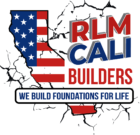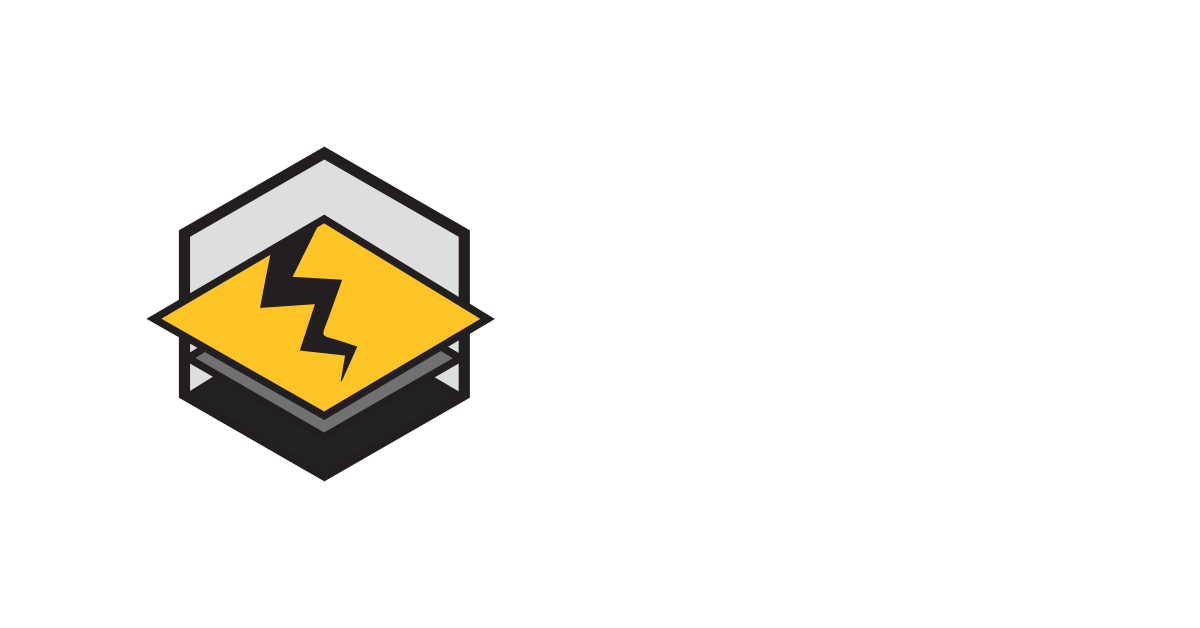Fixing Foundation Leaks
Foundation leak? Your family’s foundation leak? This article will help you decide. Let’s start with foundation leak detection.
When to Repair a Foundation Leak
Some of these problems stem from bigger structural concerns, which we’ll discuss later.
Cracks are the main source of leaks. A crack appearance can reveal its cause. Bowing or settling walls indicate vertical and horizontal fissures. Inward-bending walls bow. A stair-step fracture implies foundation shifting or settlement. Heaving is a foundation or slab’s upward movement induced by swollen soils.
Basement windows — Over time, almost all window wells will fill up and leak due to clogging, poor drainage, or rotting glass.
Pipes – The leak is at the pipe’s wall connection.
Seepage Through Basement Floor — A cove joint connects your basement wall to the floor. This location is water-prone.
Poor grading, heavy rains, or bad construction can cause seepage over a wall.
Concrete honeycombing (dry pack) occurs on poured concrete walls when the concrete isn’t consolidated well or when it has a lot of rock and the rocks stick together.
Once you’ve located the leaks, fix them.
Repairing non-structural leaks
Location affects leak repair options. If the problem is the foundation’s structure, cement grouting can fill cavities and lift slabs. Limestone homes are prone to erosion and shifting.
Repairing structural leaks
Sometimes a foundational flaw causes a leak. Solution:
Compaction grouting injects polyurethane foam into loose soil. Expanding foam forms thick balls or columns. The expansion compacts and strengthens the soil.
Permeation grouting turns loose soil beneath a structure into a dense solid mass, enhancing strength, stiffness, and permeability (the state or quality of a material or membrane that causes it to allow liquids or gases to pass through it). This promotes coastal soil stability.
Steel piers are used to fix foundation leaks. They’re driven into “load-bearing strata” considerably below the structure. This means the pier is pushed over movable soils and earth. Hydraulic jacks raise the structure onto the piers.
Helical piers are similar but drilled differently. Helical piers twist into the ground like huge corkscrews.
Wall plate anchors stop inward bowing. Because the plate is placed outdoors, the residents aren’t stressed. Installing the anchor requires 10 feet of yard space. They’re an inexpensive support mechanism. Portable equipment can place the anchors with minimal landscape disruption.
Helical tieback anchors resemble corkscrews and are rotated into the ground. They counteract the hydrostatic pressure that caused the wall to buckle. Perfect for limited interior access. One-day installation is possible. Helicopter anchors don’t dig. The anchor will stabilize the wall immediately.
Carbon Fiber repair links the foundation base to the building’s frame to reinforce foundation walls. This solution is one of the most resilient on the market, so you can rest easy knowing that the bowing or leaning wall is structurally sound again, preventing additional dynamic cracks. After applying carbon fiber, the area can be painted or covered, providing a clean look and little footprint.
Need a foundation inspection?
Who can help with foundation leaks? These are expert-level solutions. Check out the award-winning RLM Retrofit Foundation. We offer all of the above Foundation Inspection Near Me Los Angeles and repair services.
Find Out How To Keep Water From Collecting Around Your Foundation Los Angeles
The Best Ways to Protect Your House in Chilly Climates Los Angeles










